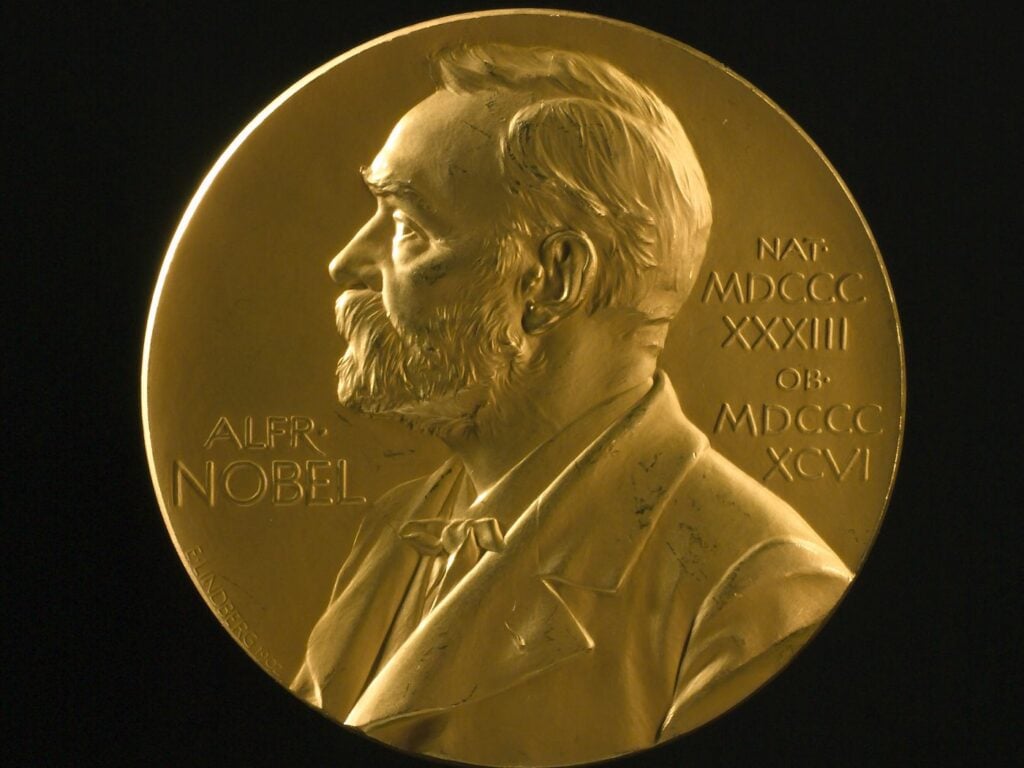Nobel Prizes are in physics, chemistry, physiology or medicine, literature, and peace. Nobel Prizes are typically the highest honors possible in their respective professions. The award ceremonies are held on an annual basis. Each awardee receives a gold medal, a diploma, and monetary compensation. But how many Nobel Prize winners experimented on themselves?
In 8 of the 465 reported incidents of medical self-experimentation, the self-experimenter died. Seven resulted in them receiving the Nobel Prize. Another five people received the Nobel Prize for unrelated work.
What is Self-Experimentation?
Self-experimentation is a type of scientific experiment in which scientist experiments on themselves. This frequently means that the experiment’s designer, operator, subject, analyzer, and user or reporter are all the same person. In medicine, self-experimentation has a lengthy and well-documented history that continues to the present day. Some of these experiments have been quite beneficial, providing fresh and often surprising insights into various fields of medicine.
There are numerous incentives for self-experimentation. These include the desire to achieve results rapidly while avoiding the necessity for a formal organizational structure, the ethical attitude of taking the same risk as volunteers, or just the desire to do good for humanity. Other ethical concerns include whether a researcher should self-experiment because another volunteer would not receive the same benefit as the researcher and if individuals can legitimately give a volunteer’s informed permission outside a research program. (Source: National Library of Medicine)
How Successful Were These Ventures?
In an astounding 89% of cases, the self-experiments yielded favorable outcomes in support of a theory or valuable data sought. In the remaining investigations, where the results were either negative or inconclusive, some negative findings could be advantageous in steering investigators onto more fruitful research lines. (Source: National Library of Medicine)
What Was the Price Paid for These Results?
Of course, the most obvious negative outcome was the scientist’s death directly from his self-experiment—eight similar deaths, all but one of which were caused by infectious infections. In the instance of Alexander Bogdanov, it appears that he died due to a severe immunologic reaction to the several blood transfusions he received. Although death as a direct result of the intervention was apparent, there were instances of severe acute sickness. (Source: National Library of Medicine)
The Mad Scientists
Numerous notable scientists, including at least five Nobel laureates, have engaged in self-experimentation; in several cases, the prize was granted for discoveries made possible by the self-experimentation. Many trials were hazardous; participants were exposed to infectious, poisonous, or radioactive chemicals.
Some self-experimenters, such as Jesse Lazear and Daniel Alcides Carrión, perished during their studies.
Infectious disease (Jesse Lazear: yellow fever, Max von Pettenkofer: cholera), vaccine research and development (Daniel Zagury: AIDS, Tim Friede: Snakebite), cancer (Nicholas Senn, Jean-Louis-Marc Alibert), blood (Karl Landsteiner, William J. Harrington), and pharmacology are just a few instances (Albert Hofmann, and many, many others). The scope of research has expanded beyond disease and treatments. Nicholas Senn pumped hydrogen into his gastrointestinal tract to test the approach’s utility for identifying perforations. At the same time, John Stapp investigated the limits of human deceleration, and Humphry Davy breathed nitrous oxide. (Source: National Library of Medicine)
